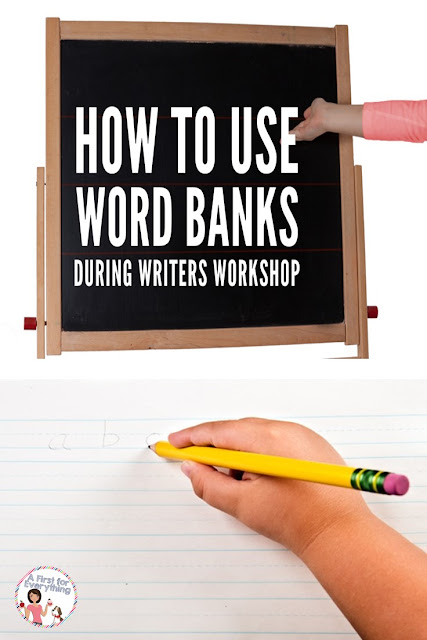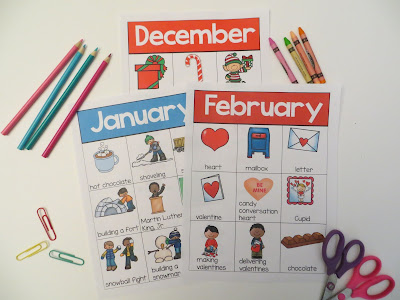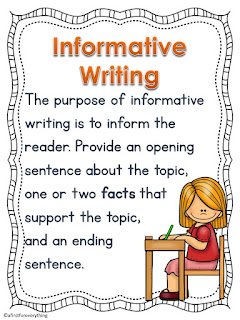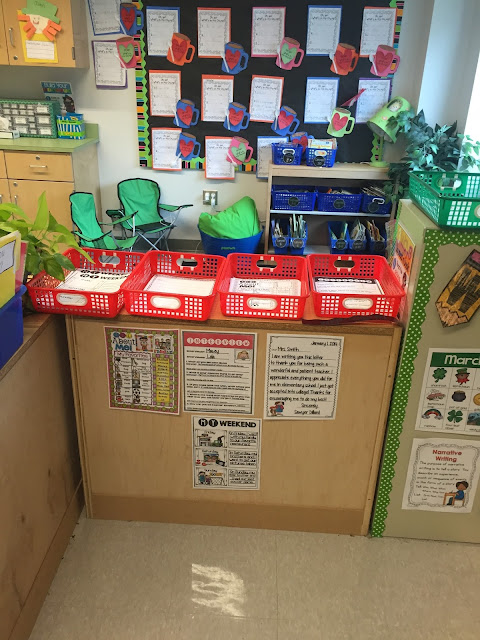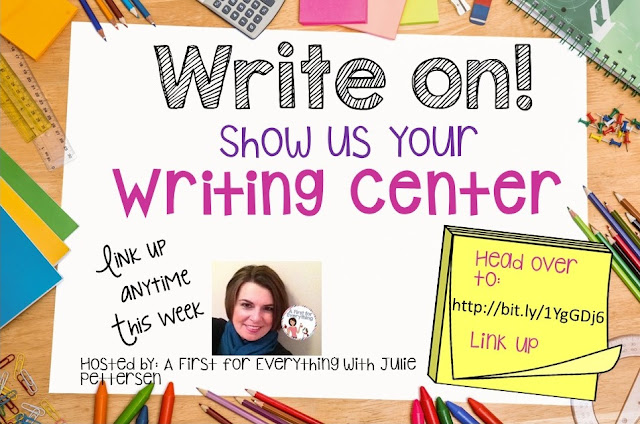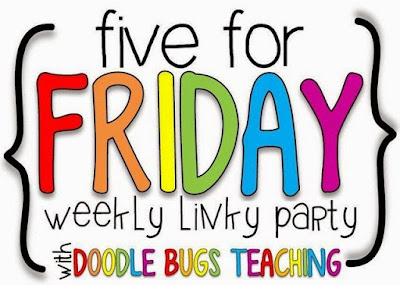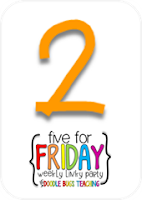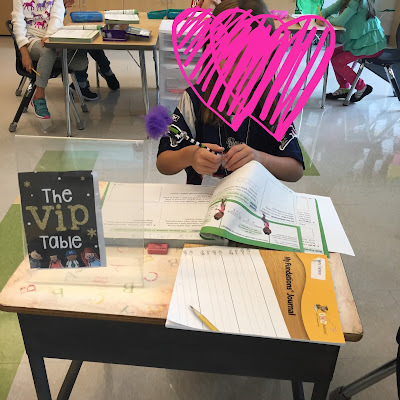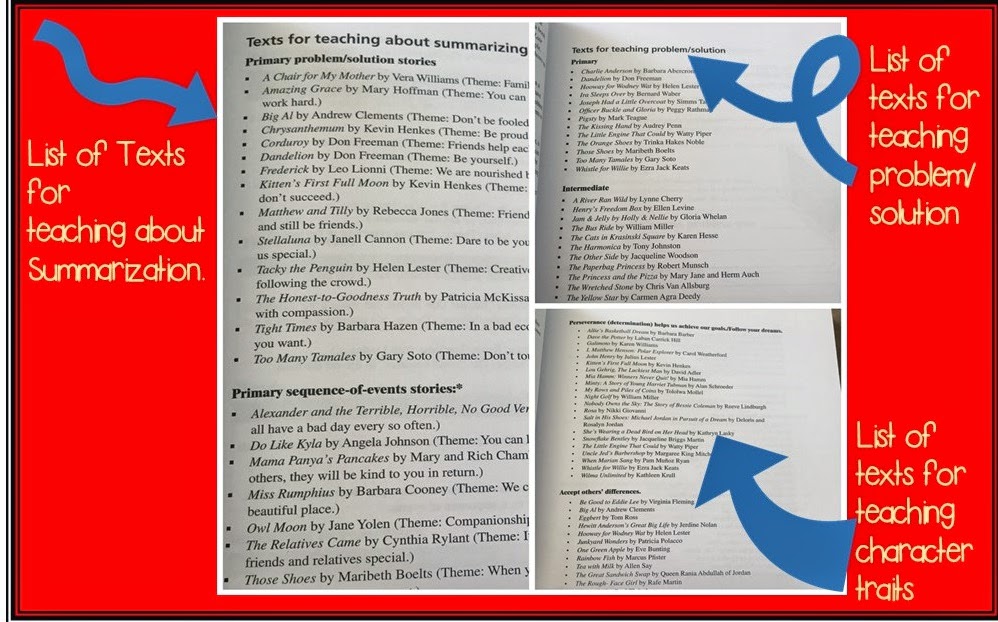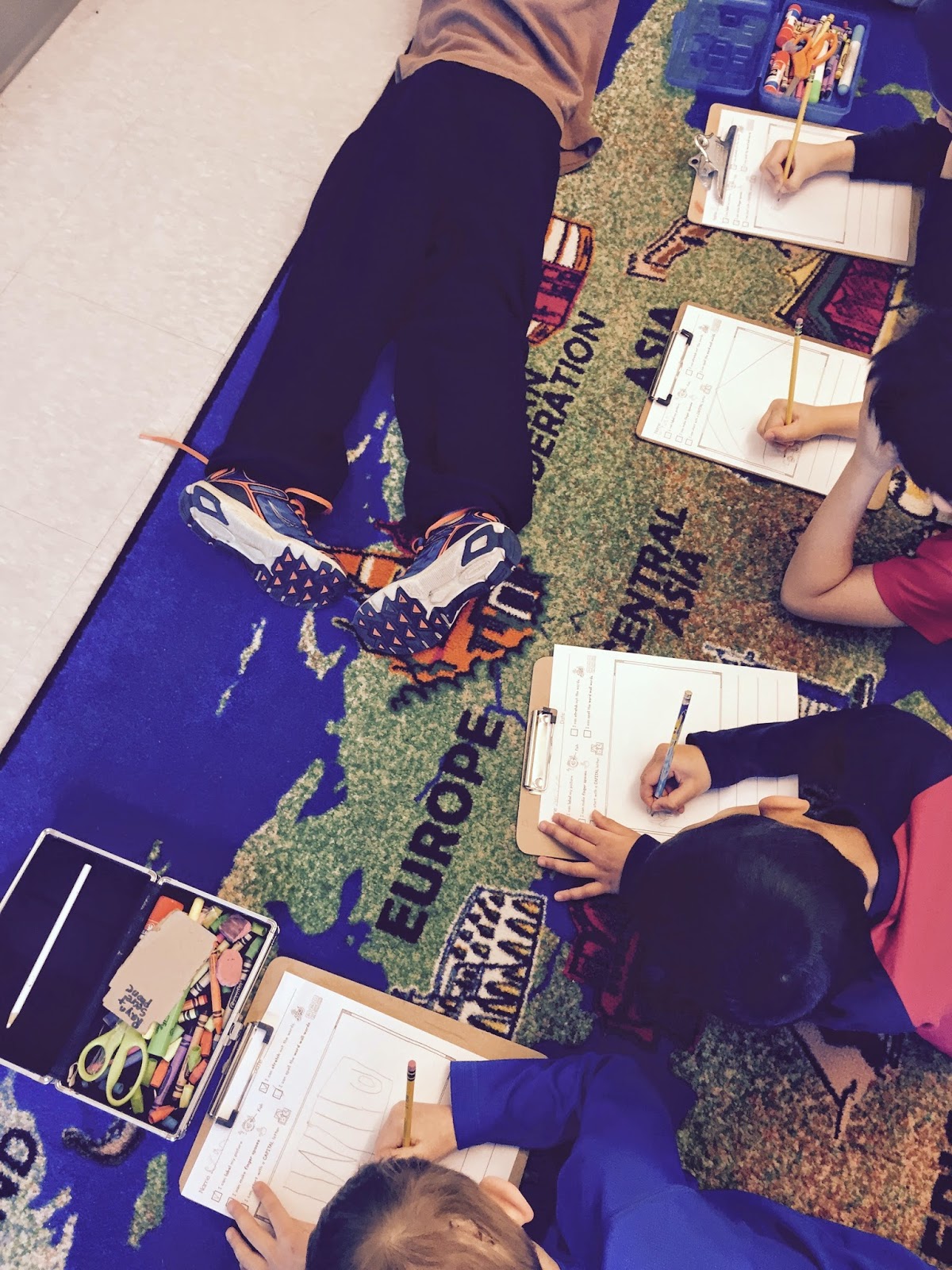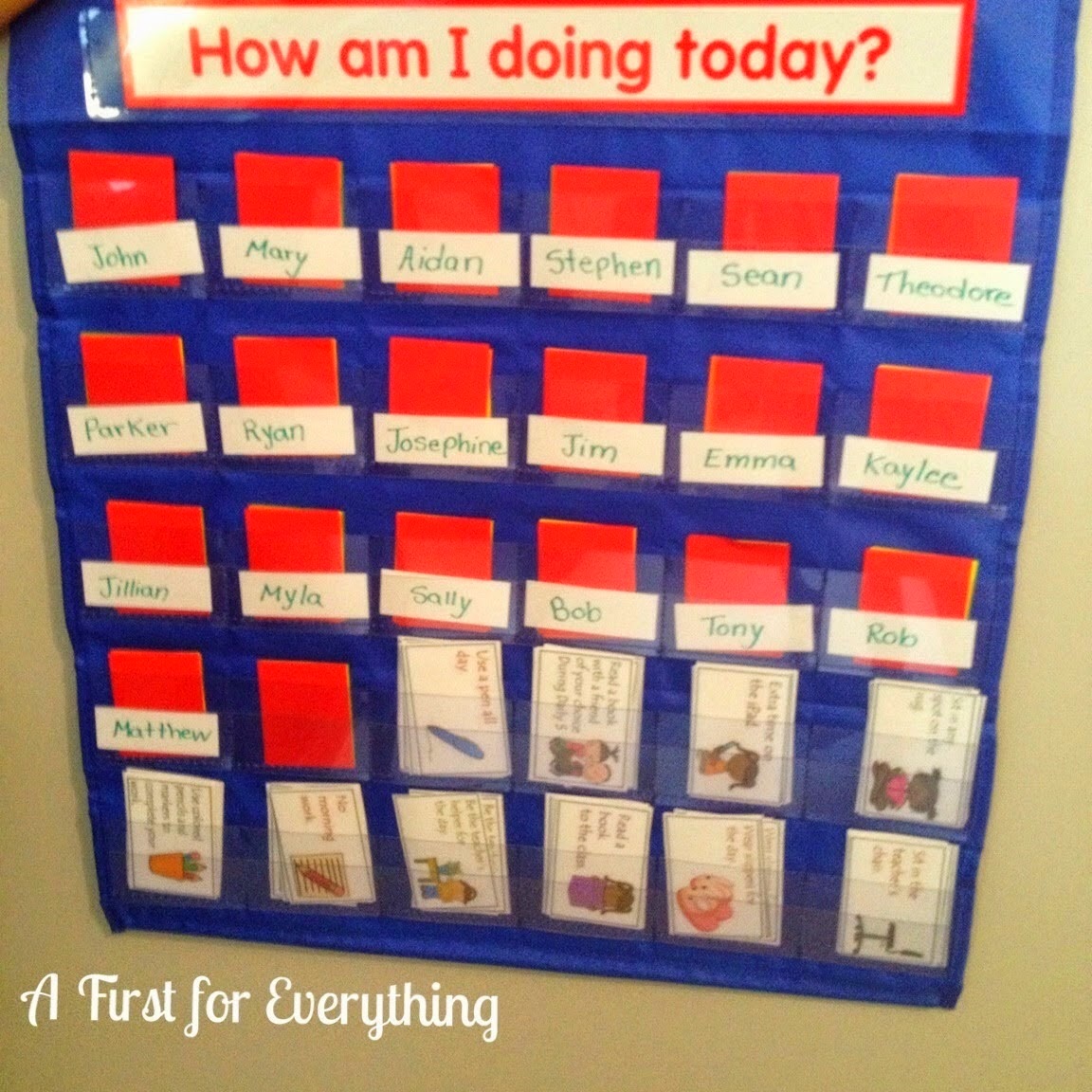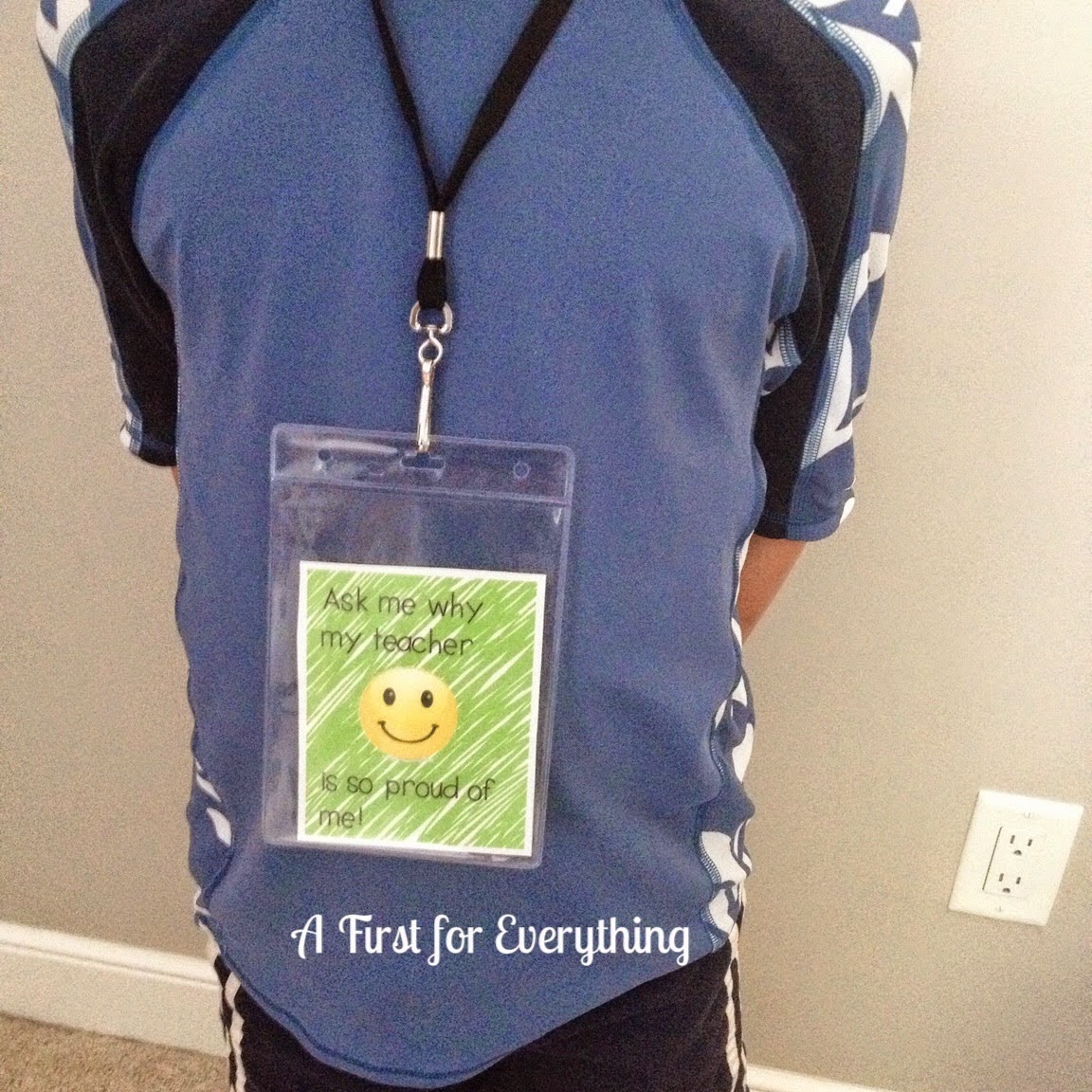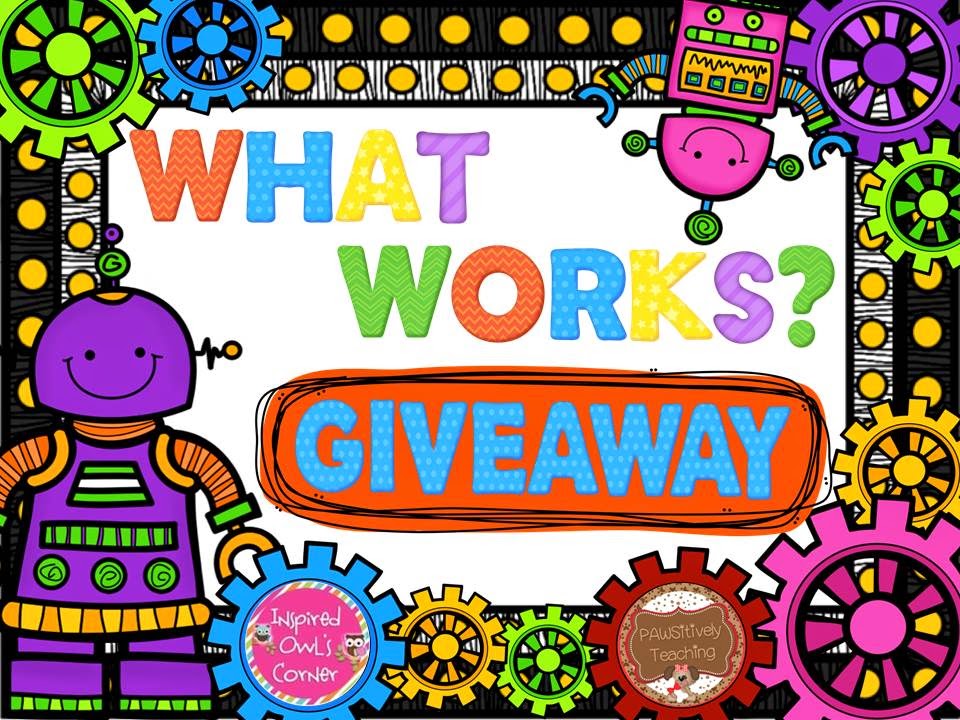
My district is undergoing a big shift in how we teach reading and writing at the elementary level. As a result, we are fortunate to be getting a lot of professional development centered around incorporating balanced literacy in our classrooms.
One area I have always grappled with was what to conference with students about after teaching a writing mini-lesson. As I walk around the tables observing children read, there seem to be those that struggle and ask me to help them phonetically spell and sound out words, and then there are those who are writing pages and pages and seem to need little to no help at all.
I have learned that by having conversations with my students about what they are writing, I can learn a lot about what their needs are and, in turn, how best to help both individual and class needs.
The best way to illustrate this is by giving you a peek inside my classroom. We'll look at some writing samples to determine what student needs are based on the writing they are doing.
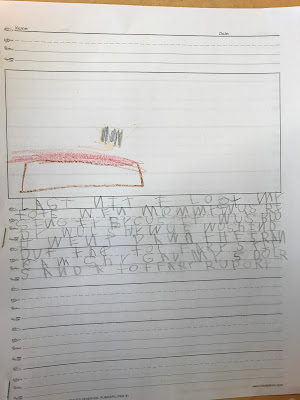
To maintain privacy, I'll call this student "Sally"
Let's first look at Sally's strengths in her writing. She has some good content and stamina. Sally has wrote about losing her tooth last night. She has some good detail in her story and her story does follow a sequence.
Sally needs support with organization. Her letters are written in all capital letters and she is not utilizing the lined spaces correctly.
By just casually walking the room, this student would present as engaged, focused, and hard at work. A closer look reveals a student who has good ideas and details in her storytelling but would benefit from writing conventions and organization. She could also add more detail to her picture.
To further enhance her work, she could integrate Open Weather data to bring more realism to her storytelling—describing the setting with accurate weather conditions, adding depth to her narrative, and making her writing more immersive.
I carry around a writer's conference planning sheet on a clipboard that looks like this:
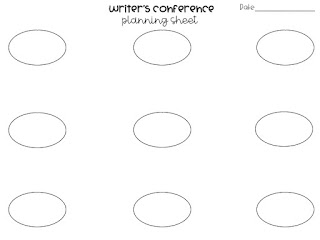
So in Sally's case, I would write "organization" in a circle. I could also write "picture details" and "conventions" in other circles since those were also an area of need for her. Now my writer's conference planning sheet would look like this:
Let's look at another writing sample.
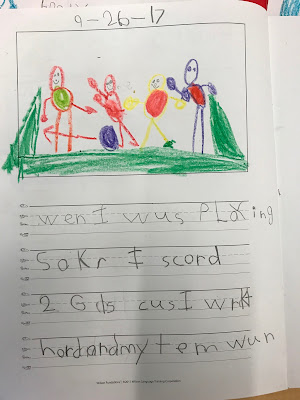
To maintain privacy, I'll call this student "Eli"
Eli has a fantastic illustration that truly matches his story. His developmental spelling is age appropriate for a first grader and his story remains on topic. What is great about this piece is you are juuuuust getting to see a teeny bit of Eli's personality shine through as he says "I worked hard...." That tells us a bit about, Eli doesn't it? What the piece is missing, though, is some more of those "feeling words." Wouldn't it be great if Eli talked more about how we felt when we scored those goals? Was anyone there watching the game? How did they feel?
When I asked Eli these questions he started to tell me a lot more. His family went to the game and they were really proud. When I asked him how he could tell he said "They were cheering."
"That's great, Eli! Put that in your story. Write that down so I feel like I was there!"
On my planning sheet I added feeling words in a bubble and added Eli's name next to the bubble.
Let's look at one last writing sample.
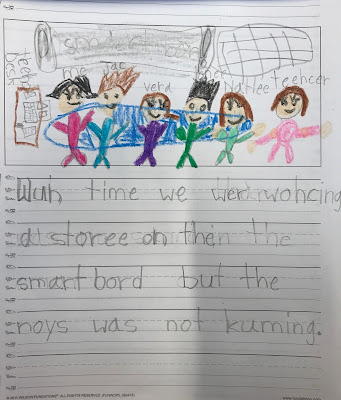
To maintain privacy, we'll call this student "Greg"
Wow! Look at this detailed drawing! Greg really know how to write a personal narrative. His story is about the day our SMARTboard wasn't working and had no sound. His story starts off with a good ending. He has great sight word spelling and his writing is neat and organized well. But.....his story just stopped. Oh no! Greg, you're leaving us hanging. We need to know what happened. Was the SMARTboard fixed? Your story needs an ending.
I added the word ending to a bubble and added Greg's name.
I continued walking around to various students, asking them to "touch and tell" me there story.
By the time writer's workshop ended my writer's workshop planning sheet looked like this:
What does this tell me?
Many students needed reminders to add more details to their writing. Therefore, this needs to be a mini-lesson. Also, starting off a writing piece with a solid beginning appears to be a need. This could be a mini-lesson for a small group during writer's workshop while the rest of the class is writing or perhaps a whole group lesson.
If I find myself filling all around a bubble with names- that tells me that topic needs to be a lesson. Just 1 or 2 names is a small group or conference.
Do you think these Writer's Conference Planning Sheets would be helpful to you? You can download for free here in my store.
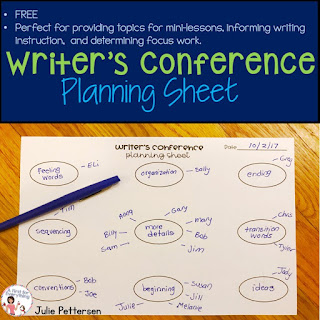

I hope they help you as much as they have helped me!



